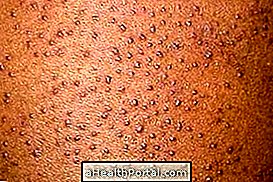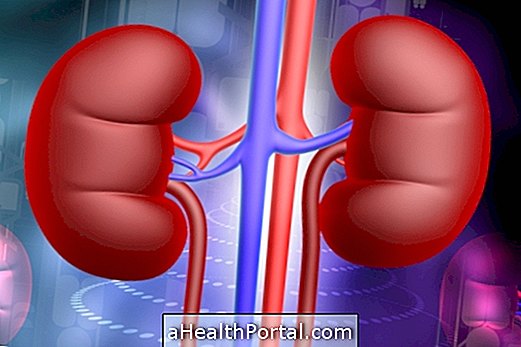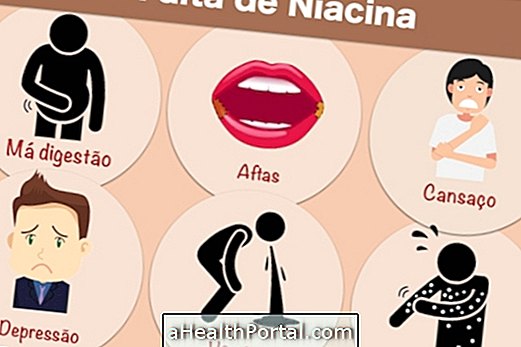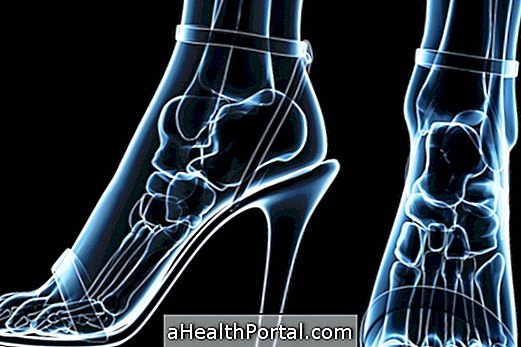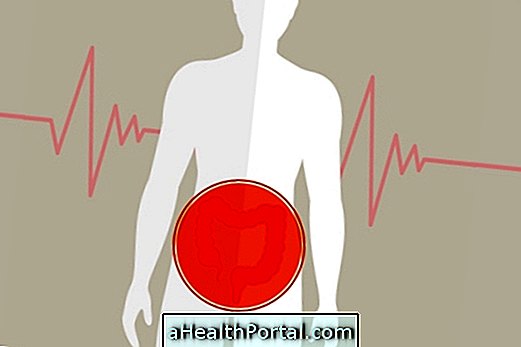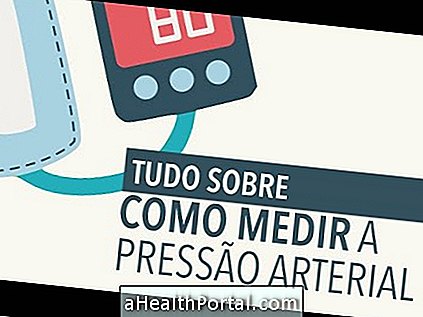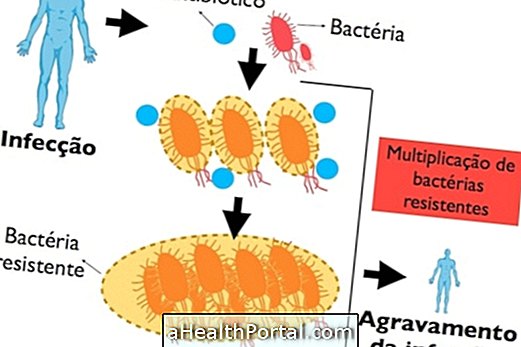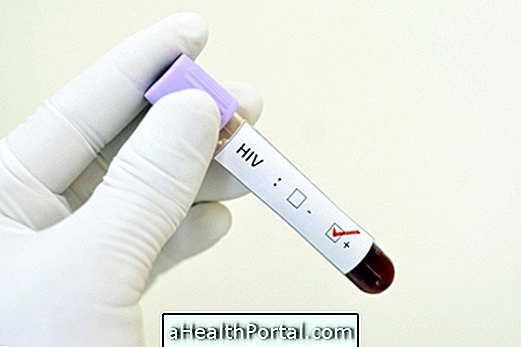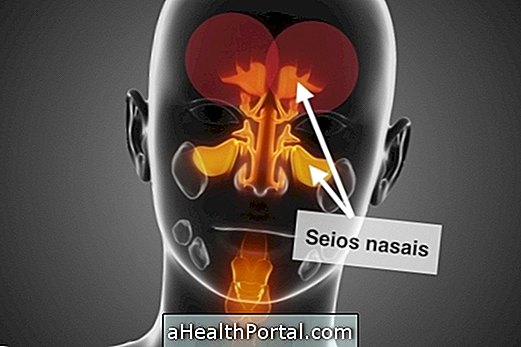Symptoms of food intolerance usually arise shortly after eating a food for which the body has the greatest difficulty in digesting, and therefore the most common symptoms include excessive gas, abdominal pain or nausea, for example.
Foods that are more likely to cause this type of symptoms include milk, eggs, chocolate, bread, shrimp and tomato, but many others can cause this type of signs, varying greatly from person to person. Check out a more complete list of foods at greater risk of causing intolerance.

1. Constant headache
Headache can have several causes, but when it does not improve with any type of treatment or no specific cause is identified, it may be related to intolerance to some type of food, since inflammation of the intestine interferes with the production of several neurotransmitters.
A good way to identify if the headache is being caused by eating some food is by gradually eliminating foods with a higher risk of dietary intolerance, for example.
2. Excessive tiredness
Food intolerance usually causes a state of constant inflammation of the intestine and body and therefore there is a greater energy expenditure, which results in a feeling of excessive tiredness that does not disappear even after a good night's sleep.
Thus, it is common for the physician to be suspicious of any kind of food intolerance before he suspects of any other problem in people with excessive fatigue. Check out a list of other diseases that can cause frequent tiredness.
3. Abdominal pain
People with food intolerance often have pain in the stomach or belly, which arises mainly because the body is not able to properly digest the food eaten. Usually this pain is more intense little time to eat, but it can also remain constant throughout the day, especially if one is eating several times the food that causes intolerance.
4. Swollen belly
The swollen belly sensation is one of the most typical symptoms of a food intolerance and it happens because the digestive system is not able to completely digest the food and, therefore, the food remains fermenting in the intestine and causing the accumulation of gases, which leave the tummy belly more.
Usually associated with the swollen belly also usually arises the urge to go in the bathroom, which may even be accompanied by diarrhea.

5. Itchy and patches on the skin
Intestinal health greatly influences the appearance of the skin, so if there is an inflammation of the bowel caused by food intolerance it is common for skin changes such as small balls, redness and itching. This type of change is more common in intolerances to gluten, but may arise in any case, especially in regions such as the elbows, knees, scalp or buttocks.
6. Frequent joint pain
Although it is more rare, frequent and constant pain in the joints, and even in the muscles, may indicate the presence of a food intolerance, since the consumption of some foods can worsen this type of signs, especially in people who already suffer with fibromyalgia, for example.
7. Frequent heartburn
Heartburn usually arises when digestion is not done properly, and so the contents of the stomach eventually rise up into the esophagus and cause the burning sensation in the throat. Although this type of symptom is almost always related to gastroesophageal reflux or gastritis, it can also occur in people with food intolerance, especially in cases of lactose intolerance, for example.
How to confirm if it is food intolerance
Since the symptoms of intolerance can be similar to other gastric and intestinal problems the best way to confirm intolerance, and to disguise other diseases, is to consult a gastroenterologist to evaluate the symptoms and to do tests such as blood tests or fecal examination, for example.
For the diagnosis of food intolerance the doctor may also suggest that the provocation test, which consists in eating the food from which intolerance is suspected, and then observing if any symptoms appear. See better how to diagnose intolerance.
